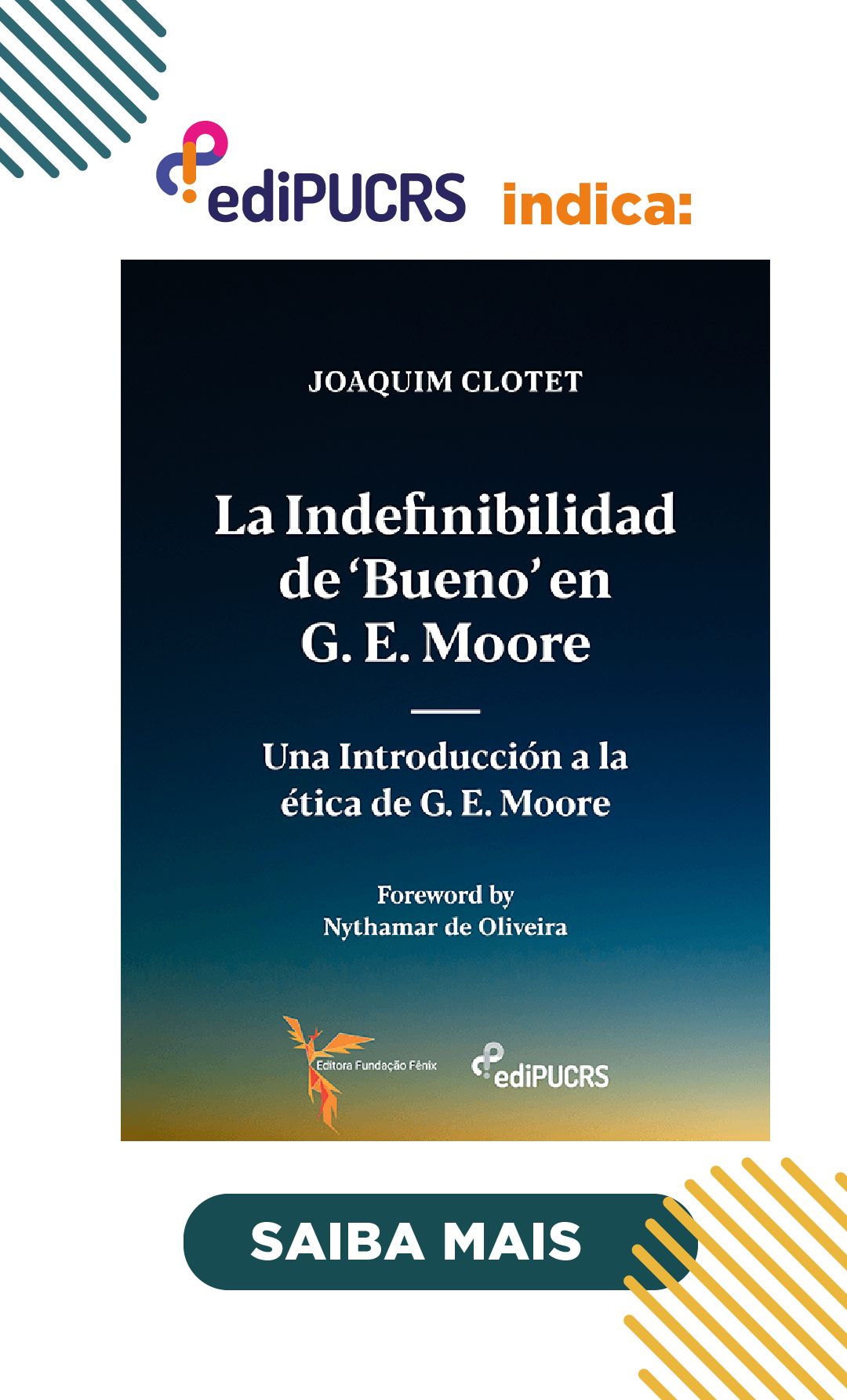Cities, images, children’s views
Wim Wenders
DOI:
https://doi.org/10.15448/1984-6746.2021.1.40249Keywords:
Wim Winters, Cinema, Childhood, AestheticsAbstract
The aim of this paper is to take childhood as an aesthetic expression in two films by the German Wim Wenders: Alice in the cities and Lisbon Story. To this end, it seeks to put in touch both Oeuvres, in which each of them appears simultaneously as a historical testimony and synthesis of issues that concern the existence and the very possibilities of cinema. Therefore, love, friendship, memory, re-elaboration of the past, cities, progress and regression, as well as the techniques of capturing and producing images and sounds, the destinations and the memory of cinema as a dream unconscious appear of an era. The support is found mainly in Walter Benjamin, not so much in his comments on cinema, but much more in what he wrote about childhood in the city, thus demarcating, as Wenders will do, a childish look, oblique in relation to the his destiny, but not infantilized, on the things of the world.
Downloads
References
ADORNO, Theodor. W. Tabus que pairam sobre a profissão de ensinar. In: Palavras e sinais: modelos críticos 2. Tradução de Maria Helena Ruschel. Petrópolis, RJ: Vozes, 1995. p. 83-103.
AGAMBEN, Giorgio. L’aperto. L’uomo e l’animale. Turim: Bollati Boringhieri, 2002. 99 p.
ARENDT, Hannah. Homens em tempos sombrios. Tradução de Denise Bottmann. São Paulo: Companhia de Bolso, 2008. 297 p.
BENJAMIN, Walter. Rua de mão única/Infância berlinense: 1900. Organização e tradução de João Barrento. Belo Horizonte: Autêntica, 2013a. 155 p.
BENJAMIN, Walter. Das Kunstwerk im Zeitalter seiner technischen Reproduzierbarkeit. Organização de BurkhardtLindner. Stuttgart: Reclam, 2013b. 117 p.
BENJAMIN, Walter. Sobre alguns motivos na obra de Baudelaire. In: BARRENTO, João (org.). Baudelaire e a modernidade. Tradução de João Barrento. Belo Horizonte: Autêntica, 2015a. p. 103-149.
BENJAMIN, Walter. Sobre o conceito da História. In: BARRENTO, João (org.). O anjo da história. 2. ed. Tradução de João Barrento. Belo Horizonte: Autêntica, 2016. p. 7-20.
BUCHKA, Peter. Os olhos não se compram: Wim Wenders e seus filmes. Tradução de Lúcia Nagib.São Paulo: Companhia das Letras, 1987. 154 p.
KOHAN, Martín. Los ojos de la infancia. In: Fuga de materiales. Seleção de textos e edição de Leila Guerriero.
Santiago: Universidad Diego Portales, 2008. p. 231-240.
WENDERS, Wim. The act of seeing. Essays, Reden und Gespräche. Frankfurt am Main: Verlag der Autoren, 1992. 259 p.
WENDERS, WIM. A sense of place: Texte und Interwiews. Organizado por Daniel Bickermann. Frankfurt: Verlag der Autoren, 2005. 334 p.
WENDERS, Wim. Die Logik der Bilder. Essays und Gespräche. 3. ed. Frankfurt am Main: Verlag der Autoren, 2015.
Downloads
Published
How to Cite
Issue
Section
License
Copyright (c) 2021 Veritas (Porto Alegre)

This work is licensed under a Creative Commons Attribution 4.0 International License.
Copyright
The submission of originals to Revista Veritas implies the transfer by the authors of the right for publication. Authors retain copyright and grant the journal right of first publication. If the authors wish to include the same data into another publication, they must cite Revista Veritas as the site of original publication.
Creative Commons License
Except where otherwise specified, material published in this journal is licensed under a Creative Commons Attribution 4.0 International license, which allows unrestricted use, distribution and reproduction in any medium, provided the original publication is correctly cited. Copyright: © 2006-2020 EDIPUCRS</p





